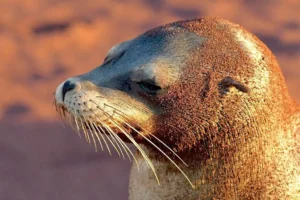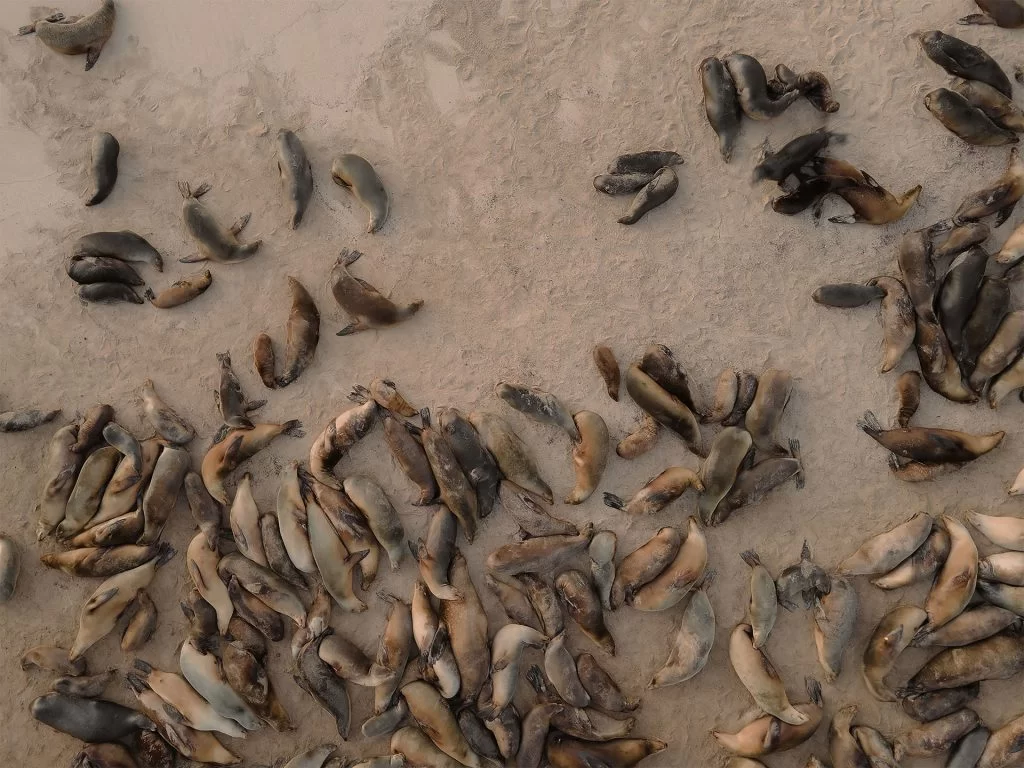What can be learned from a single snout?
Scientists on Galapagos have developed a new technique that allows them to gather information about sea lions’ foraging habits. This will help to better understand the species ecology and their sensitivity to changes in the environment.
Stable isotopes analysis is a technique that measures the relative abundances of isotopes in animal tissue. This method is based upon the notion that each species’ unique signatures for these isotopes are revealed by those who eat them. A small amount of tissue can be used to determine what an animal has eaten. A similar technique to treering analysis is the sampling of tiny pieces of tissue, like a whisker from different body parts, at different stages in an individual’s lifetime. This allows you to not only determine what they ate generally, but also at what age.
Scientists collect samples of whiskers from Galapagos Sea Lion pups (Zalophus wollabaeki) and analyze isotopes in them. Sea lions have thick, stiff whiskers that grow slowly and remain on their muzzles for many years. By sampling and analyzing the whisker, you can determine what the sea lion ate at different ages and times of the year.

©Theresa Bucher
Researchers have studied the behavior of females sea lions in the pre and postpartum stage by analyzing the whiskers. The researchers found that female sea lions foraged differently and consumed different prey in these two phases. The sea lion mother ate different food before and after she gave birth to her pups.
Sea lions are now learning to eat more than just fish, as they were previously believed. This means that they will be able to adapt better than other species of sea life.
Scientists have discovered that one large colony of Sea Lions is actually made up of several subgroups, which forage and eat in different areas of the archipelago.
This information is combined with other data in order to create a complete picture of behavior and resilience
The Galapagos National Park Directorate uses the information derived from these analyses to create a management plan for this iconic species.



